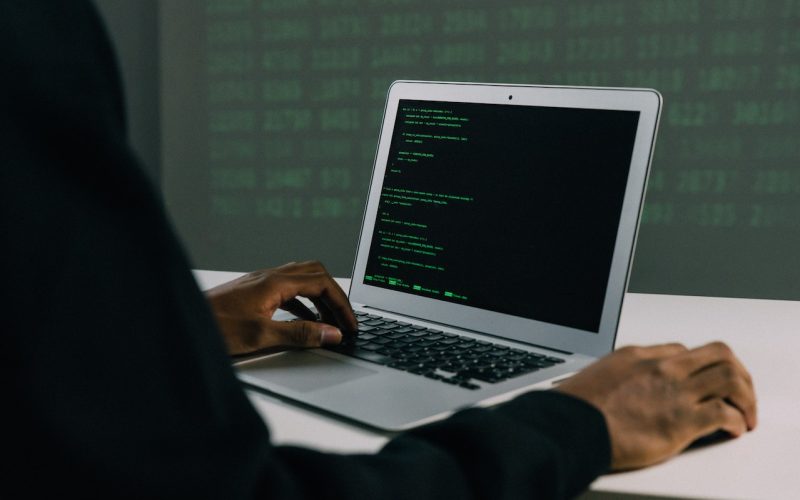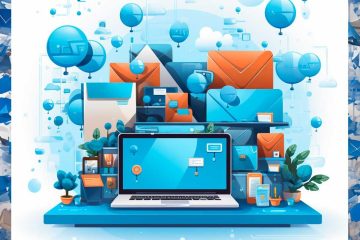In the digital age where technology permeates nearly every aspect of our lives, cybersecurity is no longer a luxury but a necessity. The rise in cyber threats, ranging from data breaches to ransomware attacks, poses a significant risk to personal, corporate, and national security. This document aims to shed light on the best ways to combat these cybersecurity threats. It provides valuable insights into understanding the nature of these threats, adopting proactive measures, and implementing robust security protocols for optimal digital protection. Knowledge is our most powerful weapon in this digital battlefield. Let’s arm ourselves with it.
Regularly Update Software and Hardware
Frequent updates ensure that any known vulnerabilities get patched, reducing the risk of a breach. Operating systems, antivirus software, and any other installed programs should be updated as soon as new versions become available. Furthermore, hardware such as routers and firewalls should also be regularly checked for security updates and patches. If you want, hiring professionals, like the ones from vistrada.com or even the IT teams from your local government, can provide invaluable assistance with these updates. For instance, they can help with patch management, which involves the installation of security patches on all hardware and software. In addition to updates, it is also important to keep track of any suspicious activity and changes in system performance.
Use Strong, Unique Passwords
A strong and unique password for each of your accounts can thwart many common forms of cyber attacks. Passwords should be at least 8 characters in length and include a mix of upper- and lowercase letters, numbers, and symbols. Additionally, the same password should not be used for multiple accounts as this increases the risk of unauthorized access. To prevent forgetting your passwords, you can use a password manager to securely store them.
Password managers also help generate complex passwords that are virtually impossible to guess. Over and above, two-factor authentication should always be enabled as this adds an extra layer of protection. Not only does it authenticate users, but it also provides a second step of authentication.
Enable Multi-Factor Authentication (MFA)
If you are looking for additional safety, look no further than MFA options. This could be a combination of something only you know (such as a password), something only you have (like your phone or an authentication app), or even something that uniquely identifies you, such as biometrics. With MFA in place, it is almost impossible for any unauthorized access to take place. MFA can also be used to protect sensitive information such as financial data, health records, or other personally identifiable information.
Install a Reliable Antivirus and Anti-Malware Program
This software can detect and neutralize threats before they cause damage. Antivirus and anti-malware programs scan incoming files and websites for any potential threats. Depending on the type of software you get, it can also automatically update itself with the latest security patches and detect any suspicious activity.
Additionally, these programs often come with features such as blocking malicious websites, system optimization tools to speed up your device, or even an identity shield to keep your personal information secure. Malwarebytes and Norton are some of the most reliable antivirus and anti-malware programs available.
Educate Yourself and Your Team
Stay informed about the latest cybersecurity threats and how to detect phishing and other types of fraudulent behavior. Learning how to recognize and respond promptly to cyber threats can mean the difference between a successful attack and thwarted attempt. Training yourself and your team on online safety best practices can help prevent data breaches, identity theft, and other malicious activities. It is also important for users to understand their access rights and restrictions in order to maintain secure systems.
Secure Your Wireless Network
Use a secure and encrypted wireless network to protect your digital space from intruders. Configure your router to use WPA2 or WPA3 encryption, which is the strongest form of security for wireless networks. It is also important to change the default username and password of your router so that it cannot be easily guessed by attackers. Additionally, use a virtual private network (VPN) when connecting to public Wi-Fi as this will help protect against any man-in-the-middle attacks. Of course, having your own personal Wi-Fi is the best way to stay secure.
Regular Backups
Regularly back up data both locally and off-site (preferably in the cloud) to ensure you can restore your system if necessary. If you do experience a data breach, having a backup of your system can help minimize the damage. It is also important to secure your backups by encrypting them and using strong passwords. Additionally, if you are working with sensitive information, it should be stored in an encrypted storage drive or cloud service that only authorized personnel can access. Along with backups, consider installing recovery software such as Acronis or EaseUS to help restore any lost data.
Use a Firewall
Firewalls, in essence, form a barrier between your trusted internal network and untrusted outside networks and use this barrier to keep things out of your network. They are designed to block malicious or unauthorized traffic from entering your digital space. Firewalls can be either a software program that runs on your computer or a physical device that sits between your network and the internet. Firewalls can also be used to filter out unwanted traffic, monitor user activity, prevent data leakage, and detect intrusion attempts. It is important to keep in mind that firewalls must be regularly updated to remain effective.
Limit Access Rights
Only authorized personnel should have access to sensitive data and resources within your organization. Limit the number of people with administrator privileges and control user credentials so that each user has access to only the data they need. Also, limit external sharing of confidential files and always password-protect them. Enabling two-factor authentication is also recommended for any services or accounts that contain sensitive information such as financial information or customer records. For extra security, consider using an identity access management (IAM) system to control who has access to your data.
Establish an Incident Response Plan
Be prepared for a security breach by having a plan in place that outlines how to respond effectively and efficiently. Establish a team of experts who can quickly identify and investigate any suspicious activity. Additionally, document the steps you would take to respond to a breach and communicate with your stakeholders about what happened and what measures have been taken to prevent it from happening again. Having an incident response plan in place will help mitigate any potential damages or losses due to cyberattacks.
Cybersecurity is a pressing and evolving challenge, requiring continuous attention and mitigation efforts. By enabling multi-factor authentication, using reliable antivirus and anti-malware programs, educating your team, securing your wireless network, backing up data regularly, using a firewall, limiting access rights, and establishing an incident response plan, you can significantly enhance your digital protection. Yet, remember that the most secure system is only as strong as its weakest link.
In the ever-changing landscape of cybersecurity, it’s essential to stay informed, remain vigilant, and prioritize security in all digital interactions. Safeguarding your digital space is not merely an option but a necessity in our increasingly interconnected world.








